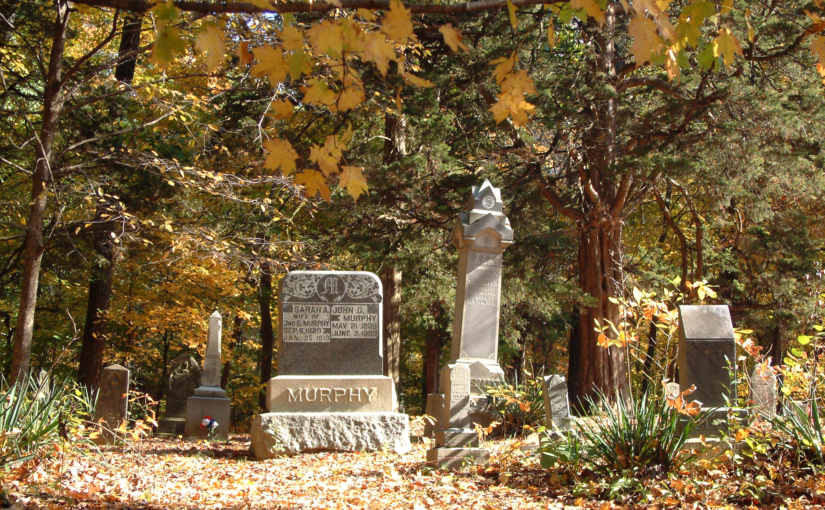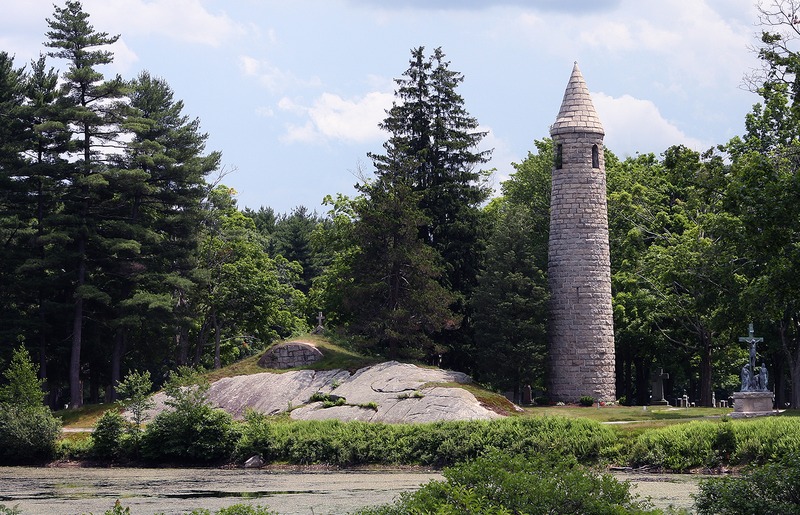When I lived in Indiana, one of the things that I did was to visit every park in the state. I went and bought a book showing all 25 state parks. Then, my wife and I went and visited every one of them. When we were finished, we then went to the local library. We looked at a large map of the county and then visited every cemetery in the county.
It was an “eye opener” and very informative.
Let’s talk about this experience
Many of the cemeteries were in isolated areas. We would get to ride on little used back roads that trundled through the rows of soybeans or corn. Then the road would dead end into a tiny space of greenery that typically consisted of some rare trees, a stream or two and some small out-buildings. The park would be lonely and often deserted.
While the grass would be tended to, it was mostly a three week to a one month mowing cycle and tended to be rather lush. There wasn’t any kind of landscaping, or care for the weeds and plants that existed besides the tombstones. The headstones themselves were often old, tilted and leaning at precarious angles.
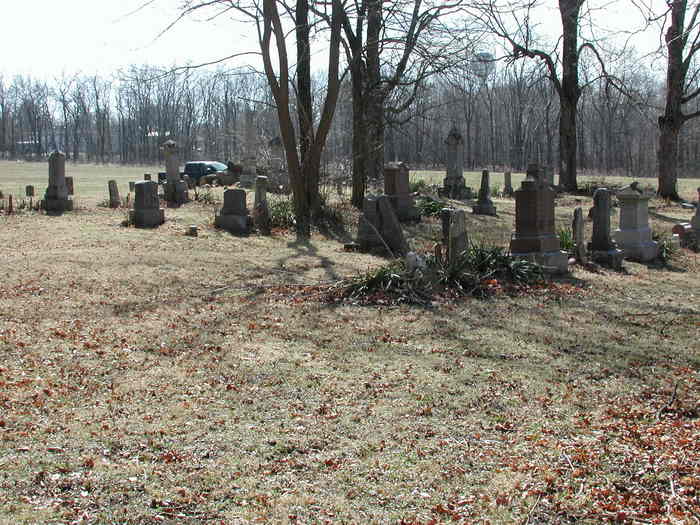
We would walk into the park and explore the headstones. Many dated over a hundred years ago. Obviously the settlers had a hard life. People died early. Many died before they hit their mid thirties. Many families had nearby rows of tombstones with the names of children that wouldn’t live past three or four years of age. It was sad.
Sometimes we would find a family that would have maybe twelve or thirteen children’s graves. Each one would hold a child that would be from one years old to four who had died. The mother, often would not make it past forty. Can you just imagine that life? Can you imagine the life that they must had had? Every year, getting pregnant. Having a baby, and every year, or every other year, having one of your children die. It must have been horrific and really debilitating.
Obviously the hard life, the harsh weather, the Indians and the illnesses took a toll. To survive they needed something. They needed God and spiritual guidance. I just cannot see how they would be able to keep on living without it.
The Tombstones
While many of the tombstones were simple (weather worn) sandstone affair, there might be one or two large edifices. Sometimes these would be out of stone, but often they would be cast out of zinc and looked to be in good condition. The zinc would be aged to a dark dull grey. These monuments looked good. They really did, with fine and crisp lines and decent appearance.
The stones, on the other hand, were worn pretty severely. Often you couldn’t make out the words on the stones. Sometimes you couldn’t even make out the shape of the stones themselves.
Those headstones made out of cast concrete tended to be in pretty good shape. They aged, but it was just dirty old concrete. Sometimes green moss would form on the folds in the cast headstone. However, aside from that, they looked pretty good.
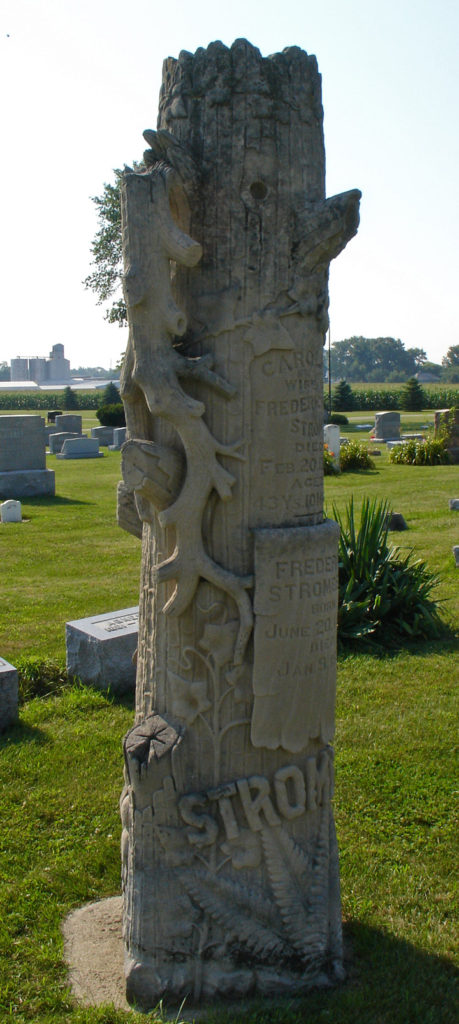
One of the common theme was large stone tombstones that resembled trees, with many limbs cut off. It is an interesting curiosity. One that I have yet to understand. I guess that for a time, it must have been a kind of fad. They date mostly to 1880s to 1920s, and are pretty unique.
- Tree shaped tombstones let the dead speak
- Why are there carved tree headstones
- Why some gravestones are shaped like treestumps
- Tree-Stump style planters for headstones
"The elaborately carved limestone markers were popular in the late 1800s through the 1920s, when they fell out of favor due to their expense, and contain symbols that speak volumes if you know what they're saying." Clasped hands, if the sleeves are masculine and feminine, denote marriage, for example. Ferns are a symbol of frankness or humility; ivy can symbolize fidelity; and wheat represents the divine harvest. Many of the symbols have dual religious and secular meanings, but in both cases they eternally memorialize the deceased's ideals and philosophies..." -Tree shaped tombstones let the dead speak
I always found this an interesting consideration to ponder. I would go up to these tombstones and see different aspects of each one. One would just be a simple stump, like a tree that was wholly cut down. While others would represent a tree standing, but with broken limbs, sawed off limbs, and limbs mangled and distorted. The meaning of this was always a mystery to me.
"...many variations: the vertical stump, the double vertical stump, the horizontal stump, the ledger tree stump, the tree-stump bench, the tree-stump chair, the tree-stump cross, the simple tree-stump base. They could be decorated with birds, books, firearms, flowers, plants, anchors, or animals, along with the signs of fraternal orders, from unions to the Elks to the Freemasons.' -Susanne Ridlen, in her 1999 book Tree-Stump Tombstones.
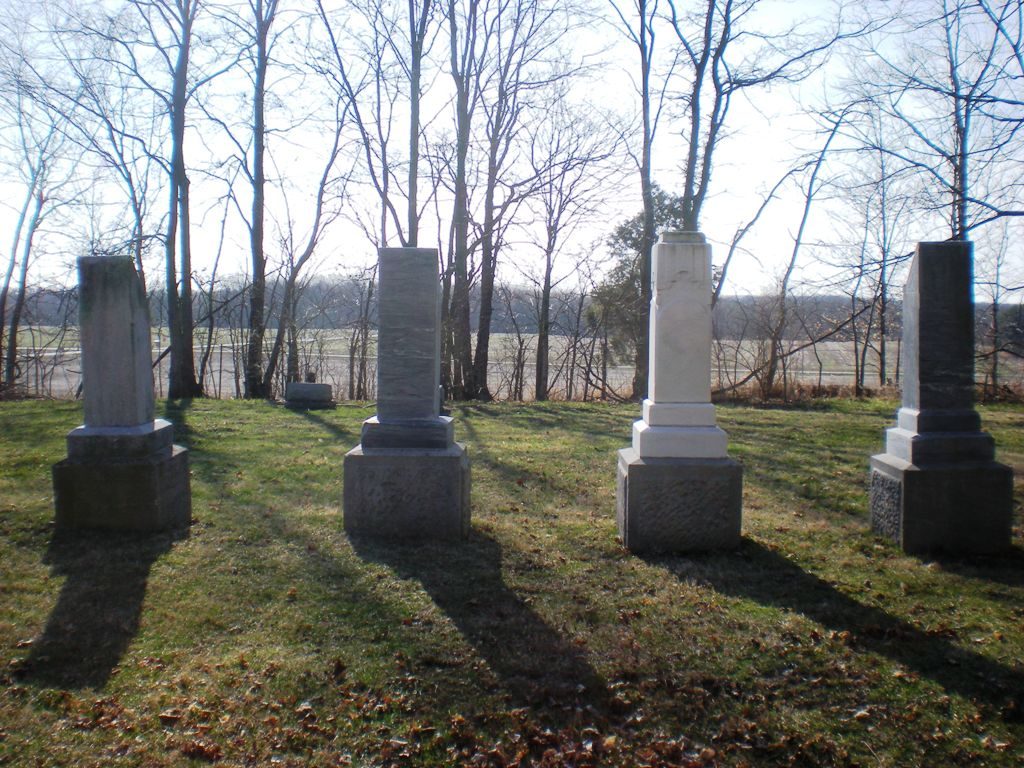
We would look at the names on the stones, the one’s that we could read, that is. We would walk around the stones, and explore the nearby wooded area. As many of the few trees in North and Central Indiana were found only at the cemeteries. The rest of the land was wholly devoted to flat fields to grow crops.
Sometimes the cemeteries are completely overgrown. Here, huge trees would grow out of the remaining tombstones, and unless you looked and searched for the site, you would never be able to find it.
Sadly, a number of the cemeteries were converted to trash dumps by inconsiderate neighbors. The trees in the areas of the cemeteries that have become overgrown, became disused. Often, the groundskeeper would only mow or care for the “front” or visible portion of the cemetery and the rest would be permitted to lapse and revert to nature. Others, often uncaring, would dump trash there. Things such as old refrigerators, 1960’s era baby strollers and old interior doors with the round brass or stone knobs would be found piled in heaps at the one end of the cemetery.
Curiosities
When a person would die and be buried, often the relatives would plant a tree, or a shrub near the grave. The thing is that these shrubs would be permitted to grow. What is often considered a small shrub, after a hundred years, becomes a worthwhile tree. These trees are magnificent and something that you will not see in or around any suburb because the tree takes far too long to mature. Heck, it’s worth while just to go out and check out these magnificent tree-shrubs alone.
Another thing that is curious is the presence of ancient and aged plastic flowers. Sure they might have looked nice in 1970 when they were first placed on the grave, however time and decades have changed them into something else entirely different. Now they look like faded dirty plastic trash. Things that should have been discard along with smiling clown paintings, and vacuum tube AM band radios.
Where Built
Sometimes the cemeteries were built around an Indian mound. These mounds were part of the previous inhabitants of the area; “The Mound Builders”. We would climb up on the mounds and survey the surrounding flatness. These mounds were huge and often had very steep sides. Most were excavated in the past, and often European settlers were buried inside the mound with tilted tombstones remaining on the sides like broken teeth.
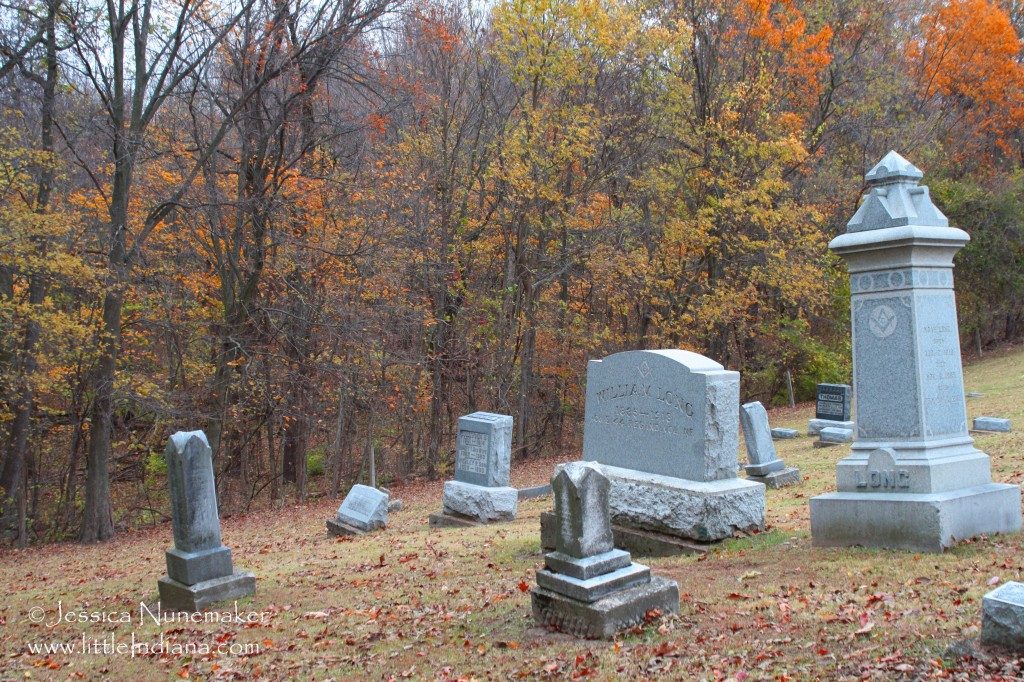
The Mysterious Blank Cemeteries
Many of these cemeteries were well mowed, perhaps once or twice a week. Aside from the groundskeepers, no one ever apparently visited these parks. Many did not seem to have any headstones.
It wasn’t that the headstones were set flat to the earth. No. The headstones were missing all together completely. What was supposed to be a cemetery listed int he country map in the library seemed to be just a simple lawn of grass located in the middle of ample farmland.
They ended up looking like a flat space of a lawn at the edge of the rows of corn. Sometimes with a old fence around it. However, there were no headstones at all. This was a mystery, that is, until we went to the edge of the cemetery lot.

There, we would find many of the headstones randomly tossed into a ditch nearby. Apparently, over the years, the groundskeepers just pulled the headstones out to make it easier to mow the lawns. If a tree fell down, they would just remove the tree. It was too inconvenient to mow around it. They did not care.
They did not care.
No one checked on their work. So they would cut down the trees. They would remove the bushes, and then toss the headstones into a ditch or gully at the edge of the cemetery. No one noticed. No one cared. All that mattered is that the lowly paid groundskeeper had an easy job keeping the grass cut.
Which was, typically a young couple. Either doing so as a favor for the church, or being paid to do so by either a church or the country. Rarely would we ever see an “expert” groundskeeper maintaining these cemeteries. Oh, they do exist. Especially in the larger city cemeteries. I know, my uncle was one. However, in the smaller, rural cemeteries it was another story entirely. It was almost as if taking care of the cemeteries were an afterthought.
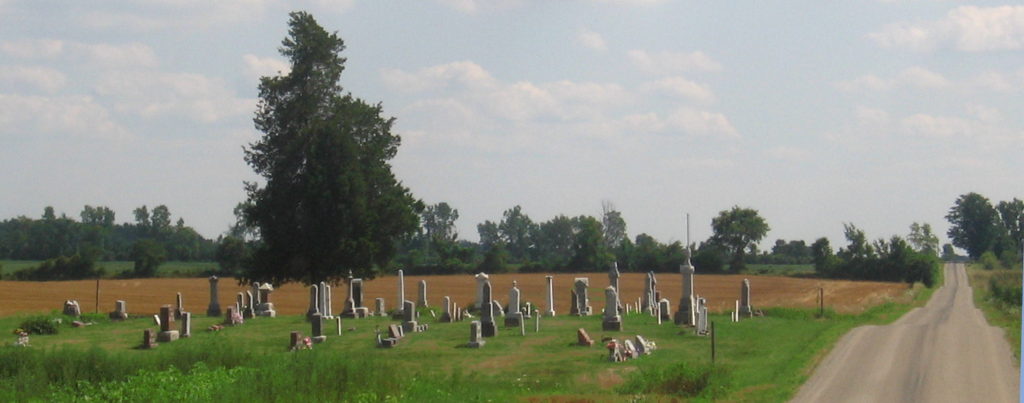
There was no need for trees, bushes, shrubs or flowering plants. Any trees or plants grew in the ditches at the edge of the field, or alongside difficult to mow areas in the cemetery plots.
A Little History
Around a hundred and fifty years ago, people would go to the cemeteries to have “outings” and picnics. As such, they were maintained with visitors in mind. People would go to the local cemetery, layout a blanket, and eat cold cuts and maybe a pie and enjoy the day.
Massachusetts and the rest of New England lead the nation in this pastime.
In fact, I do urge the reader to go to their local libraries and look this long forgotten pastime up. I myself did not know about it until I visited the Milford, MA library and looked into the local cemeteries there.
Anyways, Indiana was founded by hardworking Germanic people, who rather frowned on leisure, and it is no wonder that the secondary use of cemeteries in Indiana was ignored and forgotten. The people had a hard, tough life to live. They needed to focus. Over the years, their children became very pragmatic and concentrated on the things that mattered, and care for cemeteries and parks just simply became an afterthought.
Which, in my mind, is a real shame.
Ah. Indiana, what is going on with youse guys? We are transient. Our physical existence is short lived. Make the most of it. Be the best that you can be. Enjoy life, and the people who surround you. For one day, they too will be gone.
About this picture. It’s a cemetery in Milford Massachusetts. It is a beautiful cemetery, and right next to the Wendy’s restaurant there.
Father Patrick Cuddihy came to Milford, MA in 1857 to head the St. Mary of the Assumption church. He directed the construction of a traditional Irish round tower to be built on church property in 1895. Now, these towers had been built in Ireland to help monks escape Vikings and other invaders. They were, for a time very popular and extremely useful. When the village or town was attacked, they would run to the tower and hide inside. They were accessed by ladders that were pulled up to prevent penetration by others.
Since then, the tower has become a landmark, and people come to the cemetery to chill out, rest during lunch and picnic there. The cemetery is well maintained, with enormous, big and beautiful trees. It has wonderful Massachusetts stones, and perfect areas of greenery.
While people drive their cars out to the cemetery for lunch today, it was once far more common a thing for people to participate in.
During the 19th century, and especially around the turn of the century, snacking in cemeteries happened all over the United States. It wasn’t just apple-munching either. It was something else entirely. People would bring blankets and quilts to sit upon. they would carry baskets with cooked pies, baked chicken and sides of coleslaw. They would bring bottles of beer.
They would hang out. Listen to the birds. Play catch with a baseball, or maybe try to fly a kite. It was a place where you could go that was within nature and safe.
Since many municipalities lacked proper recreational areas, many people had full-blown picnics in their local cemeteries. The tombstone-laden fields were the closest things, then, to modern-day public parks. Instead of picnic tables, the families and couples would lay out a blanket on the grass beside a tombstone and enjoy a peaceful outing under the shady trees.
One of the reasons why eating in cemeteries become a “fad,” was that epidemics were raging across the country. The reader must understand that diseases such as Yellow fever and cholera flourished. Often, children passed away before turning 10. Women died during childbirth. Death was a constant visitor for many families, and in cemeteries, people could “talk” and break bread with family and friends, both living and (figuratively) the deceased.
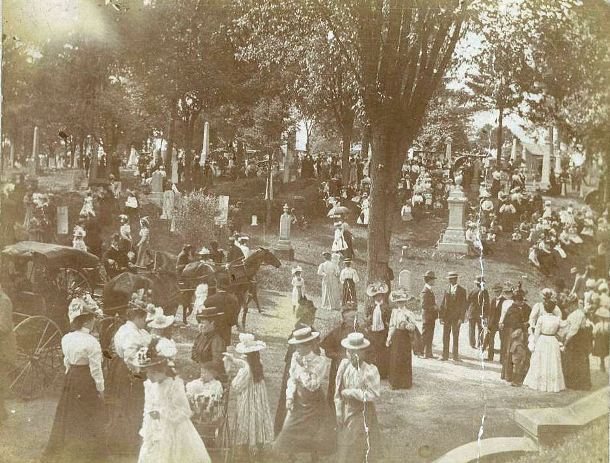
Conclusions
Cemeteries can teach us a lot about human nature and society. All we need to do is listen.
In the past, prior to investment in state parks and recreational facilities, cemeteries were used as local places to rest and relax. People enjoyed going out and relaxing in the shade of trees, enjoying the breeze and listening to the birds. Their homes, prior to air conditioning, were hot affairs, and people would hang out on the large porches and rest on “gliders” that would sway under the eves.
Many smaller cemeteries are treated as afterthoughts. They are maintained cheaply and are viewed as a necessary labor that needs to be maintained, rather than an important part of society and culture.
Take Aways
- Exploring your county can be achieved by visiting all the cemeteries in it.
- To see where they are, go to the local library and look at the map there. It will list all of the cemeteries in your county.
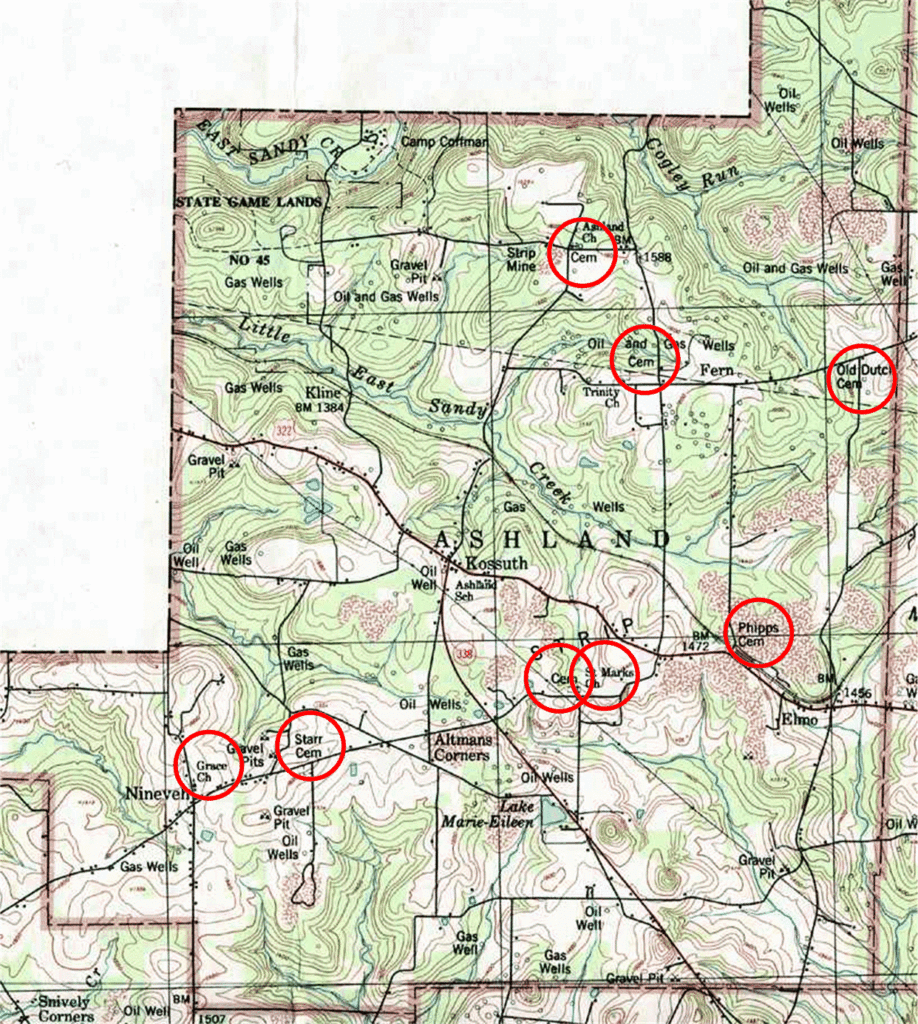
- For us to appreciate where we are heading in the future, we need to have an appreciation of our past. A cemetery is a first step in this adventure.
- Cemeteries are not scary fear-filled places, but a soft place of rest and contentment.
Posts Regarding Life and Contentment
Here are some other similar posts on this venue. If you enjoyed this post, you might like these posts as well. These posts tend to discuss growing up in America. Often, I like to compare my life in America with the society within communist China. As there are some really stark differences between the two.
More Posts about Life
I have broken apart some other posts. They can best be classified about ones actions as they contribute to happiness and life. They are a little different, in subtle ways.
Stories that Inspired Me
Here are reprints in full text of stories that inspired me, but that are nearly impossible to find in China. I place them here as sort of a personal library that I can use for inspiration. The reader is welcome to come and enjoy a read or two as well.
Articles & Links
- You can start reading the articles by going HERE.
- You can visit the Index Page HERE to explore by article subject.
- You can also ask the author some questions. You can go HERE to find out how to go about this.
- You can find out more about the author HERE.
- If you have concerns or complaints, you can go HERE.
- If you want to make a donation, you can go HERE.
Notes
- Composed 30OCT18
- Completed 31OCT18.
- SEO review 31OCT18.
- Published 31OCT18.

